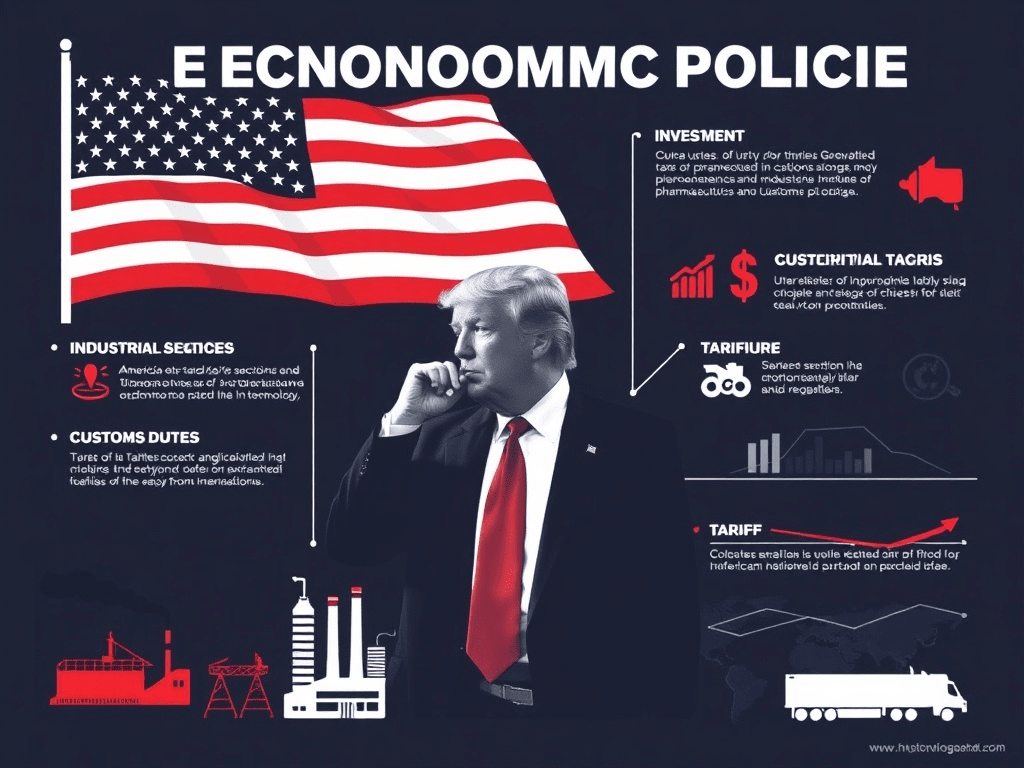In a controversial move, U.S. President Donald Trump unveiled a package of tough economic measures targeting several vital sectors, foremost among them the pharmaceutical and technology industries, along with adjustments in the leadership of monetary policy.
Tariff escalation on imported drugs
Trump announced a graduated series of tariffs on imported drugs, starting at 10% and gradually increasing to 150% after one year, then 250% after 18 months. This step aims to force global pharmaceutical companies to move their factories to U.S. territory, enhancing self-sufficiency and reducing reliance on foreign supply chains.
Tariffs on electronic chips... with exceptions
The new policies also included imposing a tariff of nearly 100% on imports of chips and semiconductors. However, these tariffs will not apply to companies that have established or plan to establish factories within the United States, giving them clear advantages and encouraging local investments.
In this context, Apple, in collaboration with Trump, announced an additional investment of $100 billion over four years as part of its American industrial program, raising its total commitment to $600 billion. Apple will benefit from tariff exemptions designated for companies producing domestically.
Attracting tech giants
Manufacturing plans in the U.S. did not stop with Apple; both TSMC and Nvidia and GlobalFoundries revealed projects to build new production lines in the United States. These moves are a direct response to the new protectionist policies, aimed at transforming America into a major hub for semiconductor manufacturing and advanced technologies.
Trade sanctions on India due to Russian oil
The package was not limited to the U.S. alone, but extended to foreign trade relations, where the U.S. administration announced an increase in tariffs on Indian imports from 25% to 50%, in protest against New Delhi's continued purchase of Russian oil and its re-export. These measures will be implemented within three weeks, with threats to expand sanctions to other countries following the same approach.
Potential changes at the Federal Reserve
In terms of monetary policy, a temporary appointment to the Federal Reserve Board was announced following the resignation of current member Adriana Kugler, who will leave her position on August 8. It is believed that Trump will exploit this vacancy to solidify his influence within the board, paving the way for the selection of a new chair that aligns with his economic vision.
---
Trump's new strategy: Redrawing the industrial map and geopolitical pressure
These simultaneous measures reveal the outlines of a long-term economic approach aimed at redirecting the global manufacturing path in favor of the United States. High tariffs and trade restrictions are not just economic tools, but geopolitical pressure tools that force countries and companies to reconsider their production and supply strategies.
However, despite the clarity of the general direction, there are still questions about the mechanism for implementing these policies, particularly concerning the criteria for tariff exemptions and their timeline. Major disruptions in global supply chains are expected in the coming months, especially in the high-tech sector.
